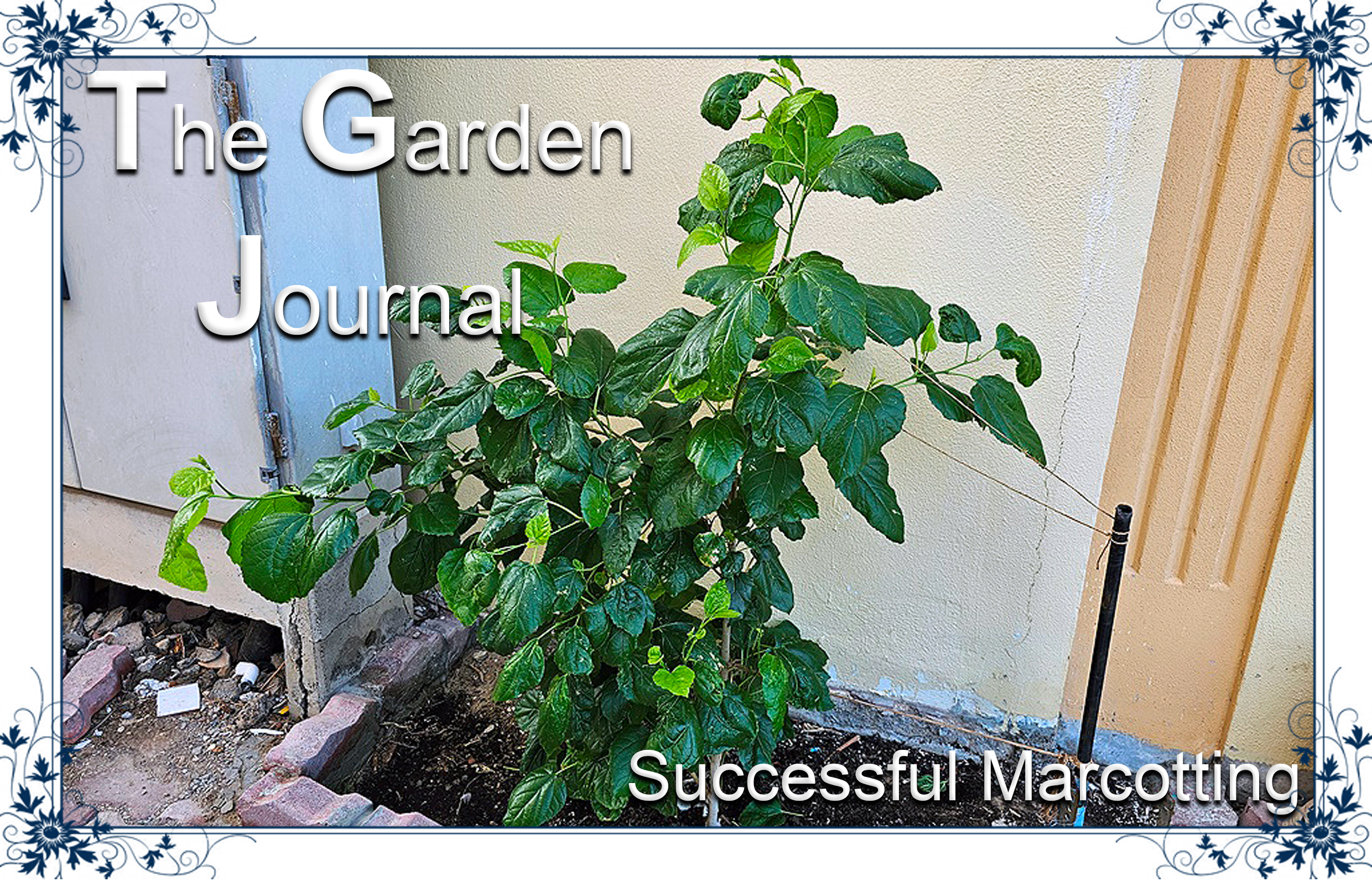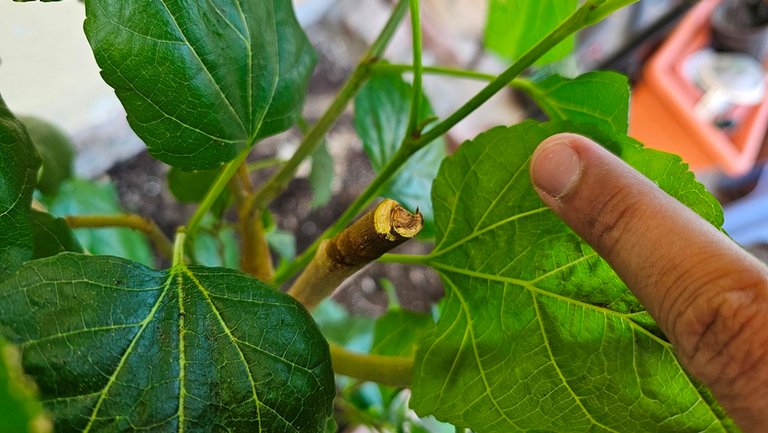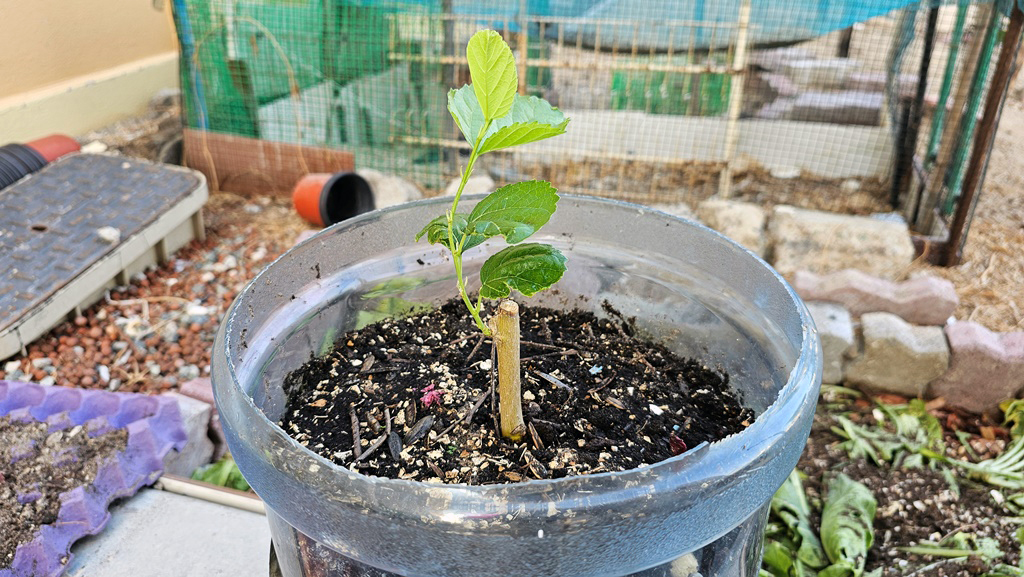This morning, I completed the process of cutting the roots of the marcotted branch of the Mulberry Tree. It took more than two weeks before I could carry out this step, mainly due to unforeseen events such as my illness. During this period, I faced challenges in finding a suitable location and acquiring quality soil for the Mulberry Tree. These were among the reasons for the delay in moving and transplanting the marcot Mulberry Tree.

It is advisable that when initiating the marcotting process of a plant, wait for 7 to 10 days before cutting and moving it. This ensures that it has developed ample roots and is prepared to thrive independently in the container. However, it is crucial to ensure that the soil is fertile when making the move.

Now that I've transplanted the Mulberry Tree into a large gallon, I must make an effort to maintain the soil's moisture and fertility for its continuous growth and fruit-bearing. If I were in the Philippines, I would undoubtedly nurture and propagate it, enjoying its fruits every day.

The fruit of the Mulberry Tree is sweet when it turns black. When it is green, it tends to be a bit sour, and even when it's red, it retains some sourness. Therefore, it is advisable to wait until it turns brown or black before picking and consuming it for the best taste.
Mulberry fruit can also be transformed into jam, especially when you have a bountiful harvest.